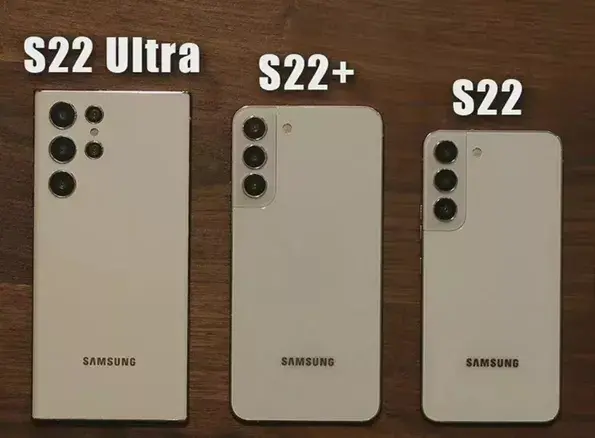An hour after this article was issued, Samsung will officially release the Galaxy S22 series.
But seeing the overwhelming revelations, Brother Ji seriously doubted whether there was a need for this press conference.
If nothing else, the mobile phone released tonight should look like this:
(Picture of the actual machine circulating on the Internet)
The three models should all be equipped with Snapdragon 8 Gen1 processors. The most significant difference may be that the camera and body design differ.
According to previously exposed information, the Galaxy S22 is 6.1 inches, and the Galaxy S22+ is 6.6 inches. Both are front straight screen + back three shots, continuing the design language of the previous generation.
The Galaxy S22 Ultra has a 6.8-inch screen with a slightly curved screen.
Many netizens had seen the exposure pictures before and said the highly narrow border was fantastic.
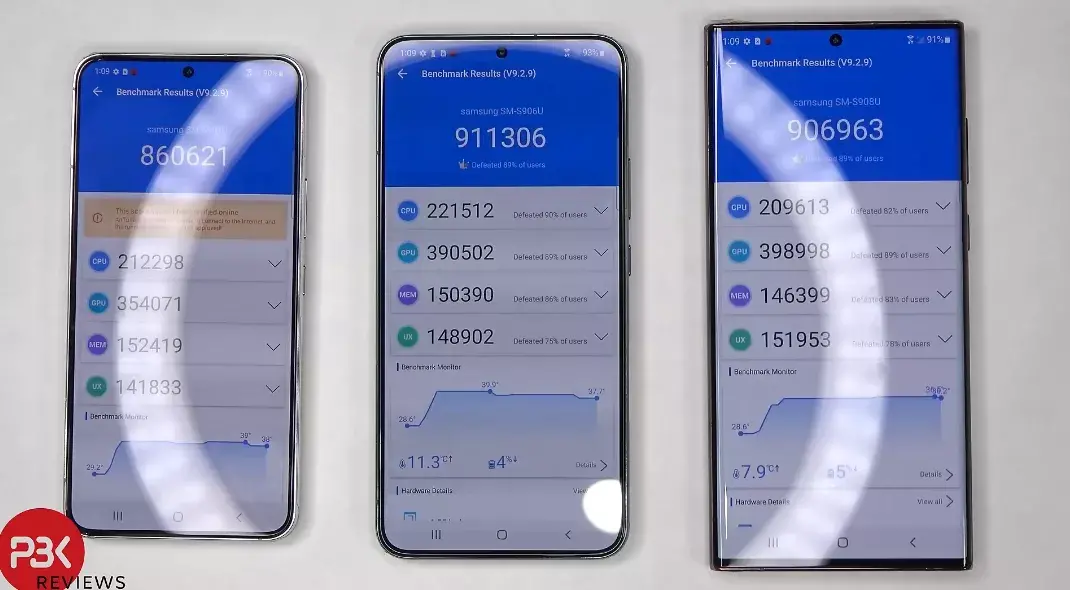
OK, that’s all for the highlights of the S22 series.
In contrast, Brother Ji cares about the Ultra released this time. If you take a closer look, does it look familiar?
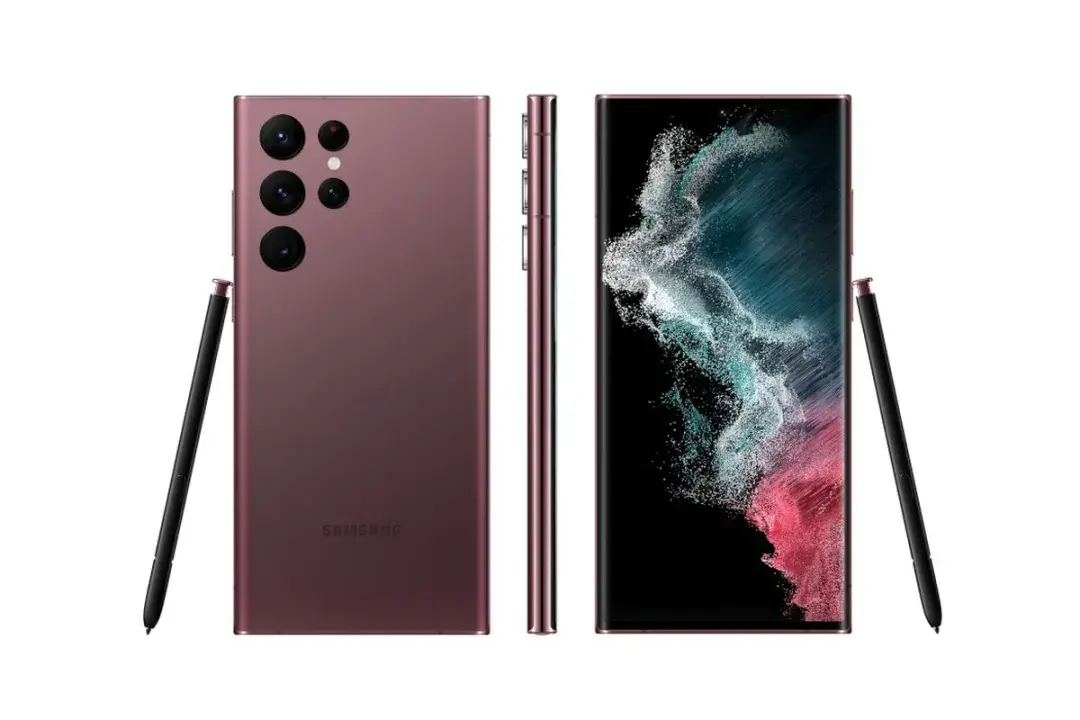
Good guy, it is said that Note20 is the swan song of the Samsung Note series, and the co-author is waiting for me here.
The square shape, coupled with the stylus, even if the king of heaven is here, is a Note.

Moreover, this time the new S Pen has also been significantly upgraded.
It is said that the input delay has been reduced to 2.8ms, compared to 9ms for the previous generation.

Is this too much toothpaste?
In terms of experience, it should be said that it has approached actual writing again.
To be honest, Brother Ji is also very curious. The stylus has been upgraded over the years, and what has been improved?
I don’t know if I don’t check; it turns out that this little thing is not simple.
Today, I will use the Samsung Note series “Reincarnation of the Dirty Earth,” and Brother Ji will tell you the mobile phone stylus’s technical content.
The first stylus Brother Ji came into contact with was still in the era of resistive screens.
There is nothing to discuss; it is just a stick to poke the screen, and it is standard equipment for counterfeit machines.
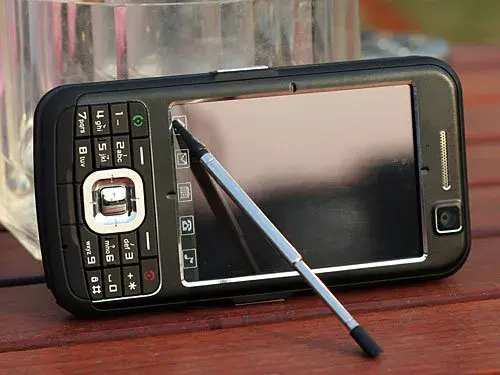
In the era of capacitive screens, conductive materials can imitate the touch of fingers.
This nine yuan nine free shipping stylus is.
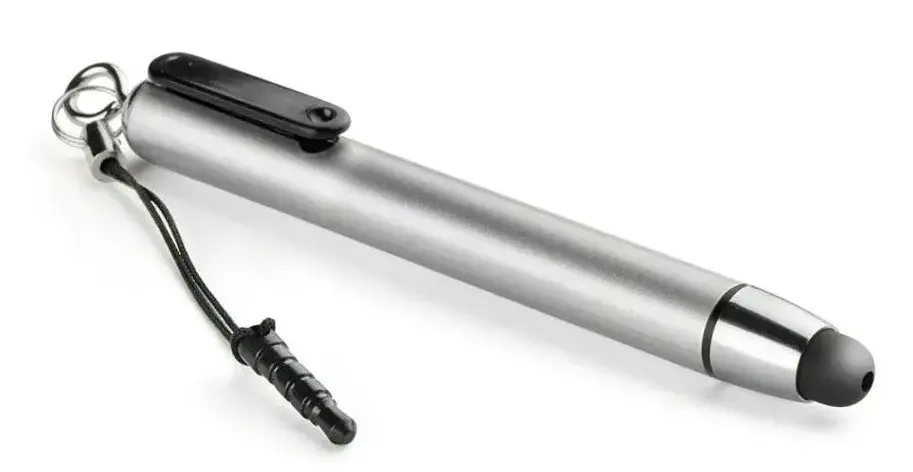
If you think about it with your toes, you don’t need to talk about your writing experience with this kind of pen.
It is better to use your fingers directly.
Like the Tucao at the iPhone’s first-generation conference, “Who wants a stylus?”
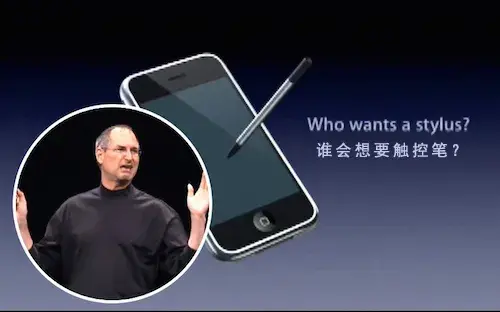
The first thing that caught Ji Ge’s eye on intelligent devices was Samsung’s S Pen.
It uses Wacom’s EMR technology.
Some computer enthusiasts may not understand that Wacom is a digital tablet and digital screen, which should be the yards in the hearts of many painters.
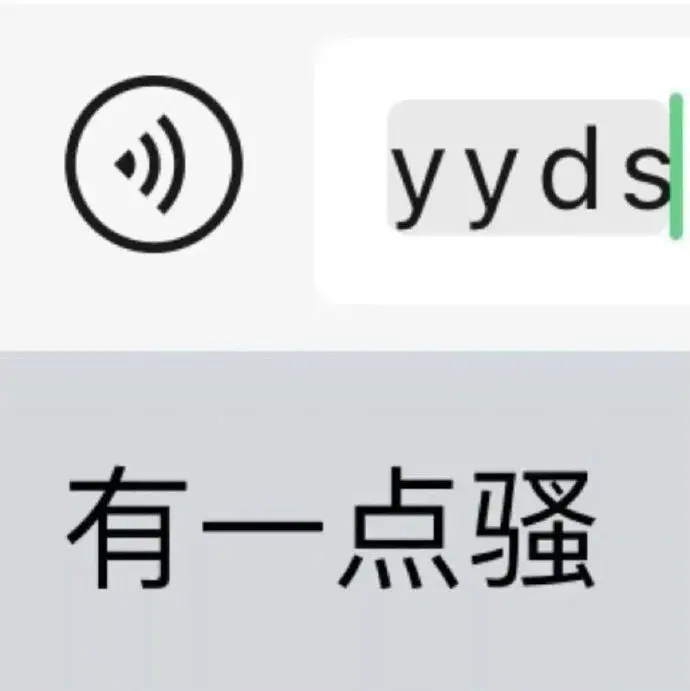
The so-called EMR technology is also called electromagnetic resonance technology.
Simply put, it is to add a layer of digital sensors to the screen.
The digital layer emits a weak electromagnetic signal, and when the stylus is close to the screen, it can be recognized by the change in the magnetic field.

The most ingenious thing is that the electromagnetic signal is used to identify the orientation of the stylus but also to power the pen.
In this way, the pressure sensor and other components can also work.
The pen of EMR technology theoretically does not need battery power.
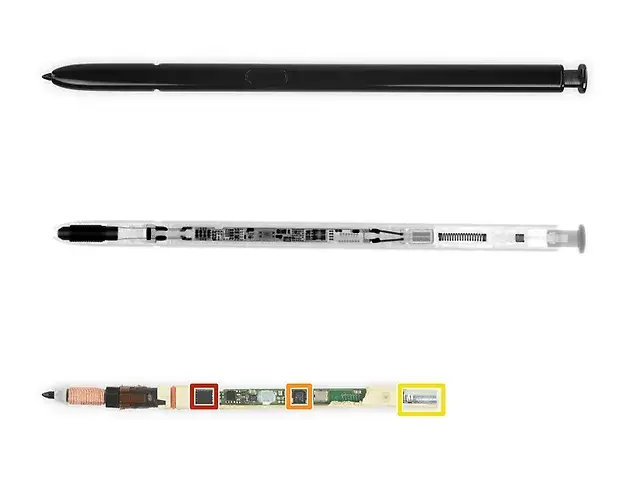
Brother Ji personally feels that EMR technology is mature and reliable, and it has the opportunity to shine on mobile devices.
Who knows that Samsung and Wacom, from cooperation to equity, basically monopolize mobile phone and tablet technology?
If other manufacturers want to use a stylus, they must find another way.
That is, the active capacitive pen represented by Apple Pencil.

The stylus is a signal transmitter that triggers the touch layer of the capacitive screen.
There are sensors inside the pen to detect various data, such as nib pressure, tilt angle, and so on.
These data must be transmitted to the device through Bluetooth or other methods.
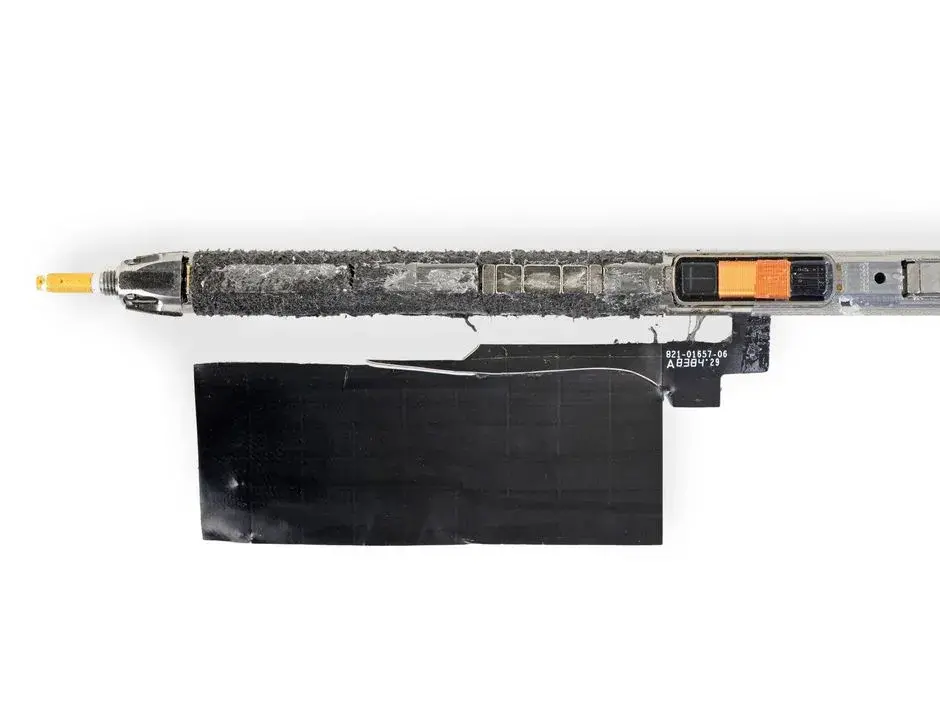
To sum it up, EMR technology mainly works on the screen, and the structure of the stylus is relatively simple.
The active capacitive pen has a complex internal structure and a high degree of integration, but the screen does not require additional components.
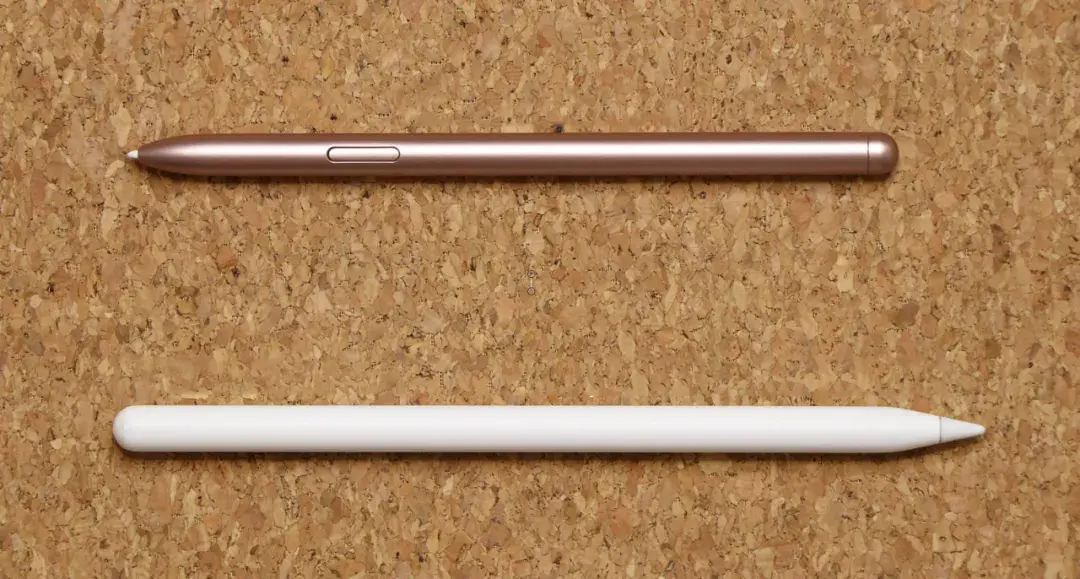
Both options have their pros and cons.
The threshold of EMR technology is high, and the equipment cost is also high, but the pen is cheap.
Active capacitive pens have a low threshold and can be optimized to a very high level if they can make money.
Of course, the price will go to a very high level.

Regardless of the perfect solution, manufacturers are constantly optimizing over the years.
Brother Ji thinks it must be a “delay” problem.
Have you experienced high-latency handwriting experience?
When writing a word, it feels like the brain is thinking of the third word, and the hand is writing the second word, but the first word is displayed on the screen.
In this kind of experience, Brother Ji can’t get into the drama; every word tells me this is virtual.
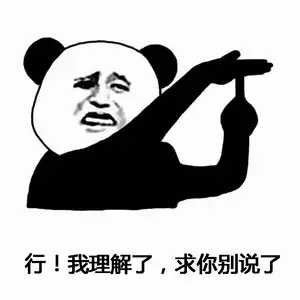
To reduce latency, the first step is to increase the touch sampling rate.
This is similar to the game optimization of mobile phones today, increasing the touch sampling rate, making the operation more sensitive, and responding faster.
On the stylus, the strokes are more handy.
Brother Ji checked and found that the sampling rate of the EMR electromagnetic resonance solution can reach 360Hz.
The active capacitive pen solution can also achieve 240Hz.

Divide 1 second by the sampling rate; in conversion, the sampling interval is 2.78ms and 4.16ms.
But this is just an input delay, and the actual display of the handwriting on the screen has to go through display rendering.
Another factor that affects latency is the screen refresh rate.
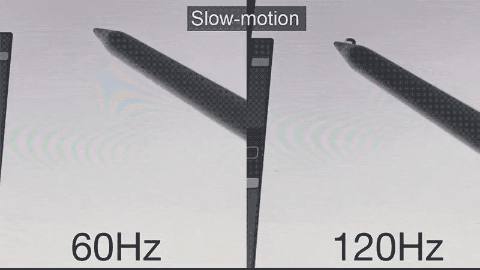
No matter how low the input lag is, waiting for the screen to display a new frame would be best.
So for a 60Hz screen, the delay of handwriting display is at least 16.6ms.
For a 120Hz screen, this data is halved to 8.3ms.
This is the theoretical upper limit. When we look at Samsung or Apple’s 120Hz tablet devices, the advertised stylus delay is at 9ms.
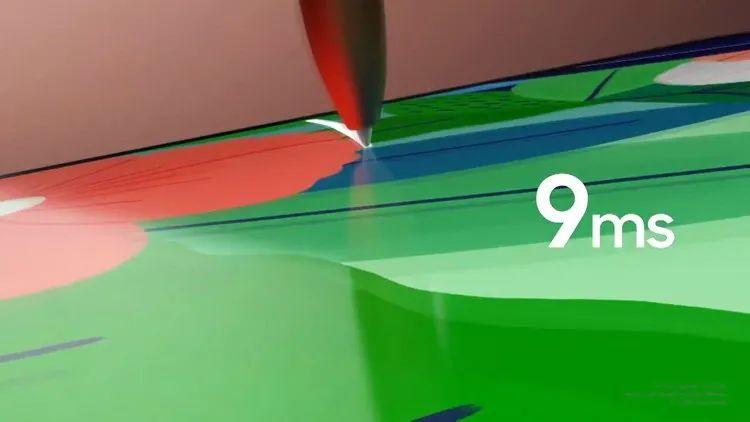
Of course, it sounds simple, but data processing and software optimization work is very technical.
For example, an active capacitive pen such as Apple Pencil has to overcome the delay of Bluetooth transmission.
The specific machine brother will not start a long story.
At the software level, there can also be “special methods.”

It is the so-called handwriting prediction algorithm, which predicts the direction of the handwriting according to the law and speed of the pen.
This means the subsequent handwriting can be rendered before the stylus data is obtained.
Properly tuned, there will be a feeling of “zero delays.”
However, this is not a panacea. When encountering unsmooth handwriting, it is easy to reveal the truth.
Especially writing Chinese characters, various folds, and hooks, it is easy to play tricks if you rely too much on predictive algorithms.
After the delay issue, there is the quality of the writing.
It is mainly the linear change of handwriting thickness, such as the pressure sensitivity level.
The current high-end stylus can achieve 4096 levels of pressure sensitivity.
It is equivalent to saying that handwriting strength is divided into 4096 levels, from light to heavy, each corresponding to a different thickness.
This cannot be done with other peripherals and fingers.
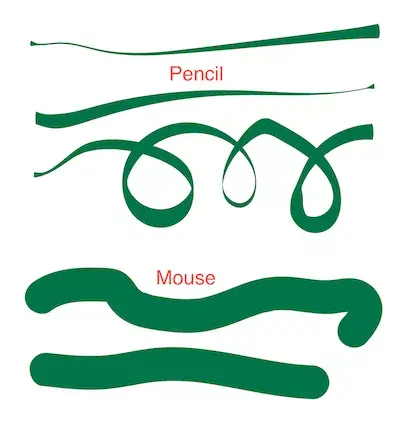
There is also a pen body tilt sensor, which can imitate the painting feeling of a real pencil.
EMR technology can recognize tilts of 60°, and Apple Pencil can also identify larger angles.
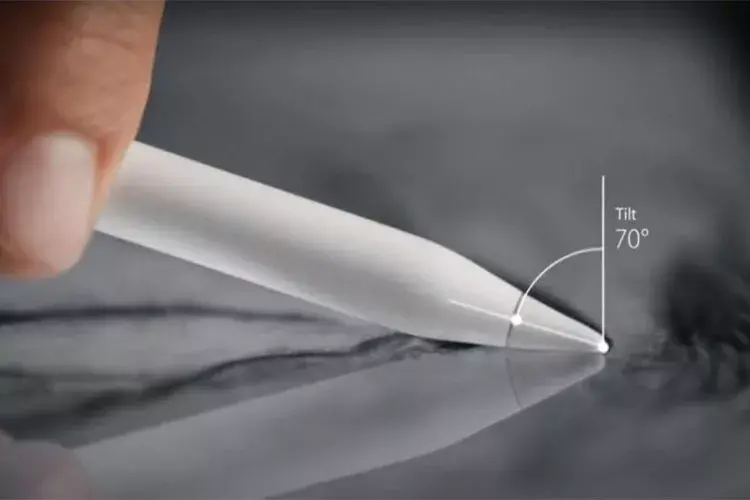
In addition to improving these essential writing experiences, some stylus have also developed other ways of playing.
Samsung’s S Pen uses the hovering indicator function of EMR technology to make floating window commands.
The S Pen with a built-in battery can also recognize gestures for operations like returning and switching apps.
Microsoft’s Surface Pen, using the Bluetooth connection of the active capacitive pen, can be used to control PowerPoint playback.
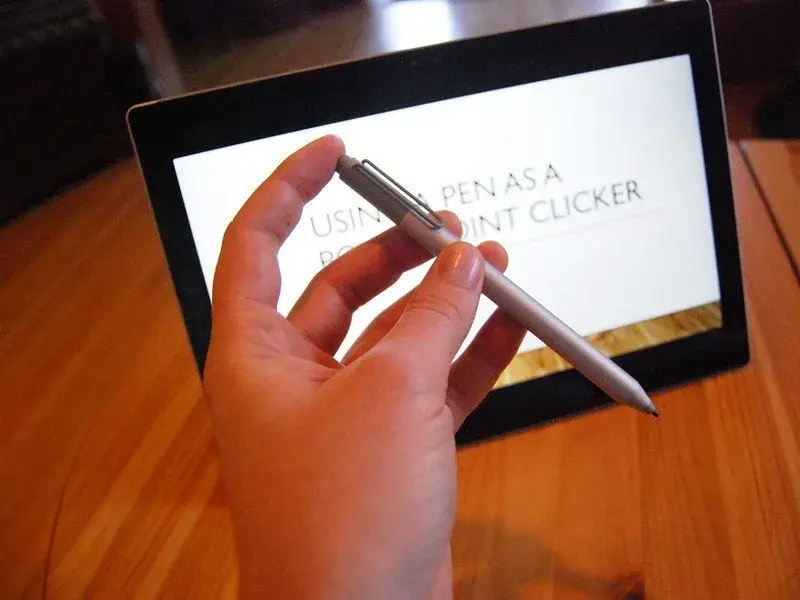
After reviewing the development of stylus on intelligent devices, Brother Ji understood it but was still shocked.
Now these stylus have an experience comparable to actual writing, and it’s all technology.
When Jobs mocked the stylus at the press conference, it became a famous scene in technology.

But in Brother Ji’s opinion, this is not a problem.
Not to mention, now that mobile phones support a stylus, the mainstream one is Samsung.
Even if it’s a slap in the face, isn’t it a good thing?
This shows that in the new era, the technologies that Jobs didn’t need in the past not only found the demand but also made it more extreme.
The stylus has spoiled Brother Ji and has long since lost the motivation to take a pen and paper to go out.
